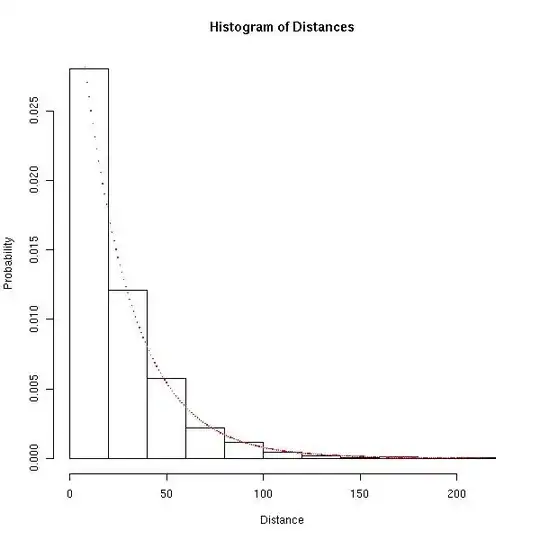I have large number of time-series that are independent of each other, but share some seasonality patterns. I need to detect anomalies/changes (increased volume, change in mean), that appear in the individual time-series. I also have some potential explanatory variables, but they seem to be rather weak as predictors.
What would be the best approach for such data? I need something that scales to larger data. I would rather sacrifice accuracy for computational performance, then the opposite, so I'm looking for something simple.
